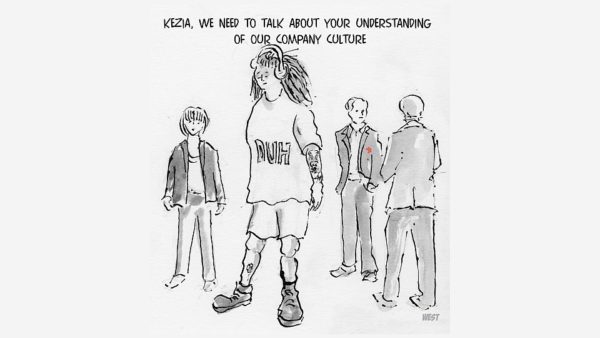I regularly meet SME leaders who are incredibly proud of their company culture.
And often rightly so. They’ve built something that “feels different” – collaborative, high-performing, values-led, human.
But when I ask how that culture was created, the answer is usually a shrug:
“It just kind of… happened.” “We hire great people and trust them to get on with it.” “We’re not into rules and policies – we’re more about the vibe.”
That’s all very well. Until someone comes along who doesn’t get the ‘vibe’ at all.
You know the story:
- The new hire who tramples all over the unspoken ground rules.
- The senior manager who behaves brilliantly on paper – but leaves a trail of bruised colleagues.
- The high performer who delivers results but operates in a way that corrodes trust.
And suddenly that carefully nurtured culture starts to crack.
The founder’s usual response?
“But we explained the culture at the interview!”
That’s the problem. Too many SMEs treat culture like folklore – something you talk about instead of something you design, embed, and live.
Culture isn’t an idea. It’s a set of behaviours.
If you haven’t defined what good behaviour looks like in your business – if you haven’t made it observable, discussable, and consistent – then you’re leaving culture to chance.
And that’s risky. Because:
- People don’t do what you say. They do what they see.
- Culture isn’t what’s printed on the wall. It’s what gets rewarded, tolerated, or ignored.
- Your interview spiel doesn’t stand a chance against daily reality.
What can you do about it?
If you want to protect and scale your culture as you grow, it’s time to get intentional.
- Name the behaviours that matter. Not vague values like “integrity” or “collaboration” – but what those actually look like in practice at your place.
- Involve your team in shaping them. Co-created behaviours stick better – and signal that culture isn’t top-down, it’s shared.
- Embed them into everything. Recruitment, onboarding, feedback, performance reviews, recognition. Culture isn’t a side project – it’s the operating system.
- Call out drift. If someone’s behaviour is out of line with the culture – even if they’re performing well – it needs to be addressed. Every time you let something slide, you rewrite the rules.
The bottom line?
Culture is not what you say it is.
It’s what you reinforce, what you walk past, what you reward, and what you let go.
If you want a healthy, accountable, high-performing culture, you need to design it like you’d design anything else in your business – with clarity, rigour, and ownership.
Otherwise? It’ll evolve by accident – and you may not like what it becomes.
